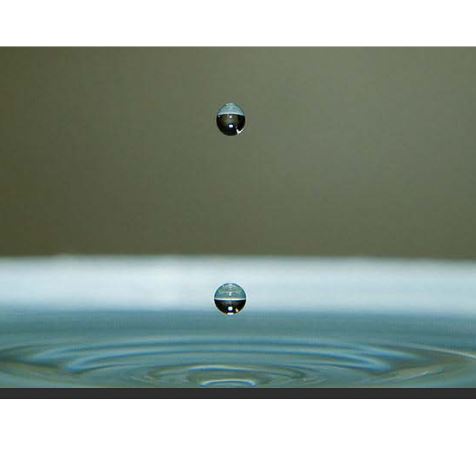
Service
Dewatering
In a short explanation Well pointing performed by NCS Fluid Handling Systems is:
Well point dewatering is a method used to remove water from the ground around a construction site. It is commonly used in excavation work, foundation construction, and other applications where water needs to be removed from the site in order to create a dry work area.
Well point dewatering works by creating a series of small wells or "points" in the ground around the construction site. These wells are connected by a header pipe, which collects water from each of the wells and transfers it to a discharge point outside the work area.
Each well is fitted with a screen that prevents soil particles from entering the well while allowing water to pass through. The well points are installed to a depth below the water table, so that the water level in the well is lower than the water level in the surrounding soil. This creates a negative pressure in the well that draws water from the soil and into the header pipe.
The water is pumped from the header pipe to the discharge point, which can be located at a distance from the construction site. The discharge point must be located in a location that meets all local and federal regulations, such as a retention pond or a municipal sewer system.
Well point dewatering is an effective way to remove water from the ground because it allows for the controlled and efficient removal of water from a specific area. This helps to minimize the impact of construction activities on the surrounding environment and to prevent soil erosion, which can negatively affect the stability of the construction site.
In conclusion, well point dewatering is a useful tool in construction applications where water needs to be removed from the ground in order to create a dry work area. It works by creating a series of small wells that draw water from the soil, which is then transferred to a discharge point outside the work area. Well point dewatering is an effective and efficient way to control water levels and minimize the impact of construction activities on the surrounding environment.
Tarif
Catégorie du Service
Site web de l’entreprise
Produits et services équivalents
-
-
Humidor is a membrane humidifier module which is designed for various humidification applications. PHILOS provides water-to-gas & gas-to-gas solutions with hollow fiber membranes that are capable of instantaneous humidification under room & warm temperature conditions.
-
Nos conseillers techniques du département « AIR » vous fournissent des solutions pour traiter vos problèmes de pollution de l’air dans votre environnement de travail générés par vos activités, qu’elles soient industrielles ou artisanales, et vous garantissent ainsi des places de travail propres et saines !
-
Horus environnement vous propose un système de traitement de l’air : le Dévésiculeur ou séparateur de gouttes. C’est un système qui permet l’élimination d’une phase liquide dans un gaz afin d’améliorer un procédé, de réduire les rejets dans l’atmosphère, éviter les infiltrations d’eau sous forme de gouttelettes dans les appareillages et récupérer les liquides dit précieux ou pouvant être recyclé. Le Dévésiculeur par impaction est un principe de mise en place d’un ensemble chicanes entraînant une déviation de la veine gazeuse. Le flux gazeux chargé de vésicules liquide vont alors exercer un chicanage conduisant les gouttelettes naturellement plus lourde que le gaz à entré en choc avec les profils des chicanes. Puis par effet d’agglomération les gouttelettes plus dense vont retomber et c’est grâce à cela qu’il sera possible de récupérer les liquides pour recyclage ou/et une autre utilisation. Les matériaux de construction : - Plastiques: Polypropylène, PVG, PVDF ... - Métal : Acier inox AISI 316 TI, Alluminium ... - Matériaux spécifiques sur simple demande Secteur d’activité : - L’industrie pétrolière (extraction, raffinage, transport etc...) - L’industrie de transformation (Papeterie, valorisation des déchets, sucrerie, etc...) - Les activités Marines et Offshore - L’industrie du génie climatique (conditionnement de l’air, ventilation) Caractéristiques : Pour qu’un dévésiculeur soit efficace il faut tenir compte de beaucoup de facteur dont: - débit, sens du flux gazeux et conditions physiques : température, humidité, Pressiono - Nature du gaz : Densitéonature des vésicules à arrêter, Taille-densité, Viscositéo - La présence d’une autre charge liquide (Solvant, acide sulfurique...) - La présence de charge solide (Poussière, sable, sel) Voici les performances à prendre en compte: - Le pouvoir d’arrêt ou dimension de la plus petite vésicule arrêtée (appelé aussi goutte limite) avec un rendement voisin de 100 % - La perte de charge définissant l’énergie qu’il faut communiquer au gaz pour obtenir le résultat recherché. - Les limites d’engorgement représentant la charge liquide maximum que le dispositif est capable de recevoir sans s’obstruer complètement et bloquer l’écoulement - L’aptitude à recevoir sans encrassement ou colmatage des charges solides (poussière, sable, sel etc...
-





